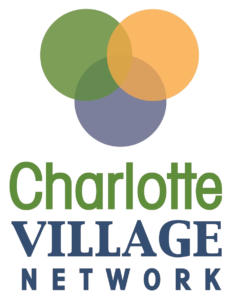When it comes to the advantage of digital access in reducing isolation among seniors, there is a general recognition that technology is changing rapidly. As a result, traditional means of communication, are de-emphasized. However, not everyone can afford to be trendy with the latest forms of technology. Half of older adults (aged 65+) reported having incomes of less than $22,887 in 2015 despite 63 percent reporting access to the Internet. With 29 percent of adults aged 65+ reporting living alone, this isolation compounded by usage of older “affordable” technology, such as desktop computers, can frustrate the most ardent of Internet users.
Older adults on limited incomes must prioritize their expenditures. In fact, in 2016, 80 percent of the 70+ population reported having a cell phone with only 29 percent reporting their cell phone was a smartphone. Why does this matter? Changing technologies related to health education and communication where 7 million internet users access Telehealth sites, presents an opportunity for older adults to have better access to their doctors and healthcare info.
So what are the barriers to access of information in the 21st century, including telehealth sites? The need for privacy for starters often eliminates the use of public computers at libraries or other public sites. Not being able to afford the cost of smartphones with voice recognition software (Siri, OK Google) reduces access to one of the greatest technological advances in the past decade. One of the greatest features of a smartphone is the availability to access multiple language apps removing cultural barriers when receiving services. The leap from computer languages like COBOL, which many baby boomers learned in the ’60s and ’70s, to voice-recognition commands is revolutionary.
Finally, the growing tech industry can leave behind those who have trust concerns in a world where hacking is an everyday word. Although the digital access growth rate has been highest among older adults when compared to everyone age 18 or older, it is important to acknowledge 18 percent of adults over 65 reported internet use in 2000, when 18 year-olds were near 75 percent internet use at the same time. At a time that technology exists to make life easier for older adults, it is not as accessible as it should be despite its life-saving features. There are smartphone “apps” that can notify your family, caregivers, and neighbors with the push of one button. Imagine if seniors could be involved in designing new “apps” that would improve their lives.
What are the solutions? Replacing the slow, cumbersome desktop computers that will never support today’s technology is a start. While it would appear to be an oxymoron, there is a need for a basic smartphone for older adults and perhaps for early learners. Of course, financial support is needed for older adults who would use a smartphone but can’t afford one. For years we have had donations of computers to schools to advance our education systems so now it is time for the same generosity to take place for seniors. Imagine the time savings for call centers if access to information was truly available, understood, and utilized by all generations.
 Jim Kimbler is president of Charlotte Village Network. This essay originally appeared in the network’s April 2017 newsletter. Learn more about Jim in his Stakeholder Snapshot.
Jim Kimbler is president of Charlotte Village Network. This essay originally appeared in the network’s April 2017 newsletter. Learn more about Jim in his Stakeholder Snapshot.
Charlotte Village Network is a newly established nonprofit bringing the national Village movement to the Charlotte community. The network is a volunteer-based organization that provides support, such as transportation to appointments, shopping or dog walking; services such as access to affordable home repairs; and social and wellness programs.
